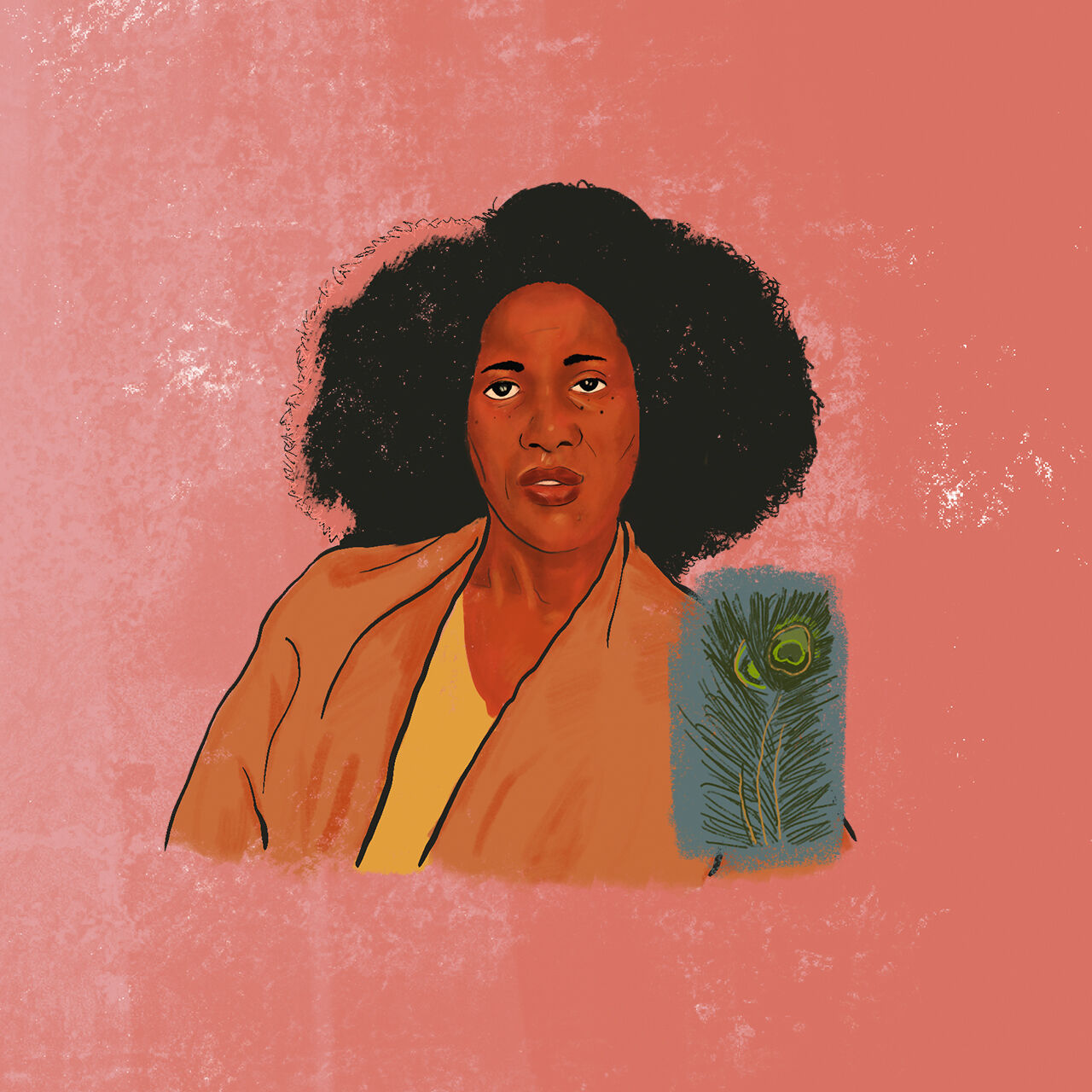Challenging Our Idea of a ‘Successful’ Campaign
Designing for customization, decentralization, and ownership.
The design of a typical campaign focuses on finding a singular, emotional message that appeals to a wide audience. It must be timely, geared towards virality, and have the potential to reach critical mass in order to drive action.
In January, when rates of COVID-19 were rapidly increasing in the U.S., we partnered with the National Resource Center for Refugees, Immigrants and Migrants (NRC-RIM), the Centers for Disease Control (CDC), and leaders in refugee, immigrant, and migrant communities (RIM) across the country to create a campaign that would help RIM communities feel more confident about the COVID-19 vaccine, and ultimately increase vaccine uptake.
We had the privilege of working and learning alongside leaders who were embedded in community life—from health workers and caseworkers to local pastors and organizers. Each person was uniquely positioned to know what was going on in the community and reflect that back into compelling messages and approaches. As we co-developed campaigns, we began to question our traditional marketing instincts to narrow in on a singular message and act quickly. The most resonant messages were ones that reflected the cultures, colloquialisms, and aspirations of each community. And we realized that, even in a public health emergency, when time was of the essence, it felt right and important to make some big shifts in how we would normally approach this type of work.

Shift #1: From brand cohesion to customization
In the Haitian communities in Maryland, leaders valued politeness, punctuating calls-to-action with words like “please.” Latinx community members wanted a directive rallying cry, “¡Vacúnate!”. Iraqi leaders in Dallas gravitated towards more poetic and allegorical language. Differences existed not only amongst but within groups: in the Congolese communities we worked with in Idaho, Utah, and Texas, each had a different set of concerns about the vaccine (some wondered about the safety of pregnant women taking the vaccine, while others were more concerned about tracking devices being planted in their arms). We wanted to honor the individuality of these experiences, rather than generalize them into a one-size-fits-all message.
Brand cohesion—using consistent color palettes, fonts, photography, language, and tone—usually serves to build trust and recognition in a message or an institution. However, we found that the messages that felt authentic and community owned connected better with the audience—like someone was speaking to you and uniquely you. Hyperlocal messaging may have diluted the brand cohesion, but it meant we could reach communities in more culturally specific and convincing ways.


Shift #2: From controlling to decentralizing the design
Another realization was that in a rapidly evolving emergency response, having a small team of designers control the production of print and digital materials would be a bottleneck to getting the information out. So rather than stay locked up in inaccessible software programs, we used tools like Google Slides so leaders could easily and quickly add their slogan, choose from an expansive image bank, and craft a call-to-action that guided them to a state-specific resource. These templates allowed community leaders to focus on what was important and create with minimal support from a designer. Finally, it’s given leaders an opportunity to practice their creativity in new ways.


Building a foundation of trust and ownership.
When we made these shifts, we found that ownership over the campaigns shifted as well. Bernadette, an interpreter, translator, and cultural broker for the congolese community in Dallas, was guiding us towards the needs and opportunities she saw in her community. She leveraged her intuition to draft resonant messages, recruited people to rapidly test those messages, and organized buses to get them to a vaccine site—all in a matter of days. Having her be the champion of this campaign also had a ripple effect on her community. When she engaged her network in the development process, she was simultaneously reducing their feelings of isolation, educating them about the vaccine, and building their trust in the vaccine.
While the urgency of the pandemic was making us want to work in faster, more top-down ways, this campaign process taught us that grassroots approaches were quicker to pivot and more precise, because they built off of a foundation of trust that these leaders had spent years, even decades, cultivating. As we began bringing community members into the design process, that foundation of trust became evident: community members quickly provided opinions, tore apart bad ideas, and imagined their desired futures.
It should be noted that a true grassroots approach to this work can be burdensome to leaders most proximate to communities. Promoting ownership and hyperlocalization inevitably means community leaders are taking on more work, in addition to the (often unpaid) work they are already leading in their communities. As a team, we have witnessed the value of taking a community-led approach, but are also asking ourselves: How can we effectively transfer ownership without making it more work? How can this community-driven design approach better serve leaders’ visions for community health and well-being? How can we leverage these approaches to design more inclusive public health services and initiatives for marginalized communities?

